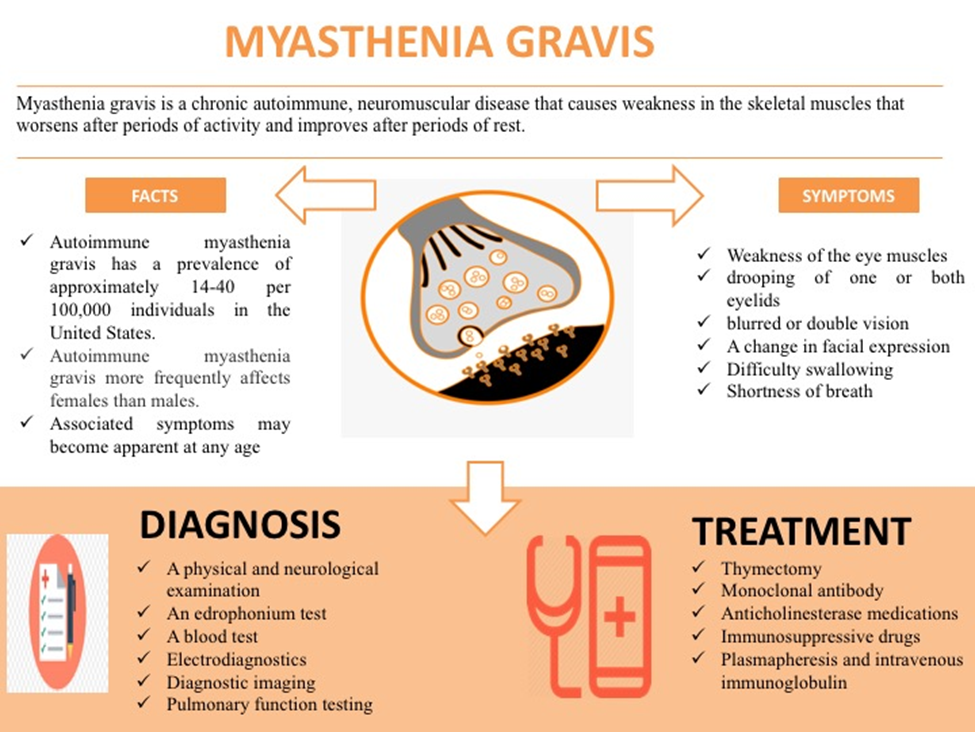The physician writes an order for Atacand 16 mg. Each tablet contains 8 mg. How many tablets would you administer?
The Correct Answer is ["2"]
Each tablet contains 8 mg of the active ingredient, candesartan. The physician has ordered 16 mg of Atacand, which means you need to give two tablets. You can use this formula to find the number of tablets:
Number of tablets = Ordered dose / Tablet strength
Number of tablets = 16 mg / 8 mg
Number of tablets = 2
Therefore, you would administer two tablets of Atacand to the patient.
Nursing Test Bank
Naxlex Comprehensive Predictor Exams
Related Questions
Correct Answer is ["2.5"]
Explanation
To calculate the amount of solution needed for each dose, we need to use the formula:
Amount of solution (mL) = Dose (mg) / Concentration (mg/mL)
Plugging in the given values, we get:
Amount of solution (mL) = 50 mg / 20 mg/mL
Simplifying, we get:
Amount of solution (mL) = 2.5 mL
Therefore, the nurse must administer 2.5 mL of the solution for each dose.
Correct Answer is C
Explanation
A. Parkinson's disease
Edrophonium is not used for the diagnosis of Parkinson's disease. Parkinson's disease is a neurodegenerative disorder characterized by motor symptoms such as tremors, rigidity, and bradykinesia. The diagnosis is typically based on clinical symptoms and neurological examination.
B. Alzheimer's disease
Edrophonium is not used for the diagnosis of Alzheimer's disease. Alzheimer's disease is a progressive neurodegenerative disorder affecting cognition. The diagnosis involves clinical evaluation, cognitive assessments, and sometimes imaging studies, but not the use of edrophonium.
C. Myasthenia Gravis
This is the correct choice. Edrophonium is used as a diagnostic tool in Myasthenia Gravis. In individuals with Myasthenia Gravis, the administration of edrophonium can lead to a temporary improvement in muscle strength, helping to confirm the diagnosis.
D. Serotonin Syndrome
Edrophonium is not used for the diagnosis of serotonin syndrome. Serotonin syndrome is a condition caused by an excess of serotonin, often due to the use of certain medications. Diagnosis is based on clinical symptoms and a history of serotonin-affecting medications, not the administration of edrophonium.

Whether you are a student looking to ace your exams or a practicing nurse seeking to enhance your expertise , our nursing education contents will empower you with the confidence and competence to make a difference in the lives of patients and become a respected leader in the healthcare field.
Visit Naxlex, invest in your future and unlock endless possibilities with our unparalleled nursing education contents today
Report Wrong Answer on the Current Question
Do you disagree with the answer? If yes, what is your expected answer? Explain.
Kindly be descriptive with the issue you are facing.
